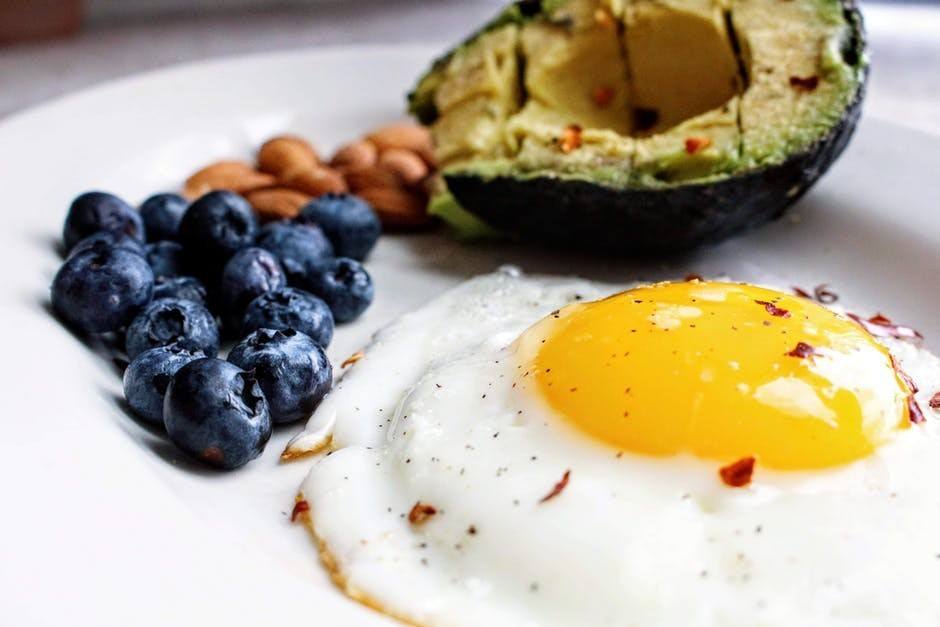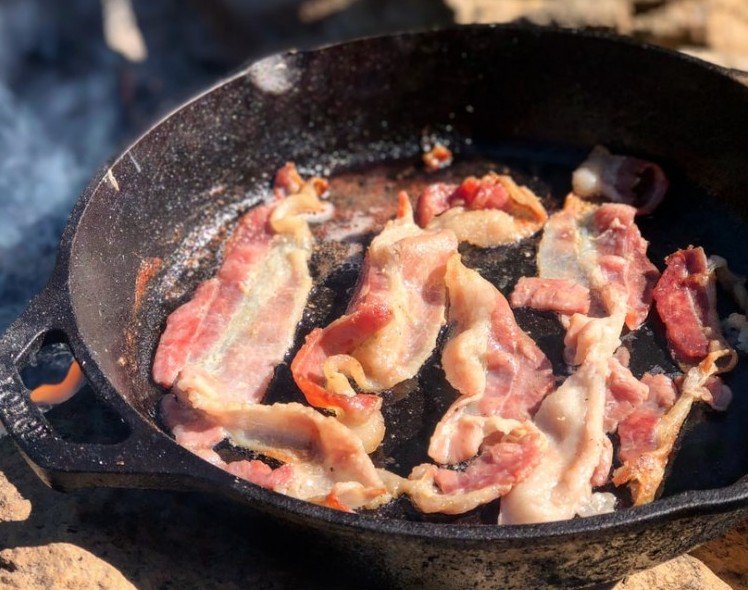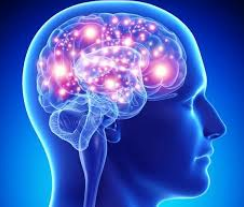Doctors have moved away from prescribing the ketogenic diet for epilepsy due to the convenience of prescribing an anti-convulsant. Medication is easier for a doctor to monitor and implement than dietary changes. It can also have a more immediate effect than a dietary change. But the ketogenic diet for epilepsy is really effective when done correctly!
The ketogenic diet for epilepsy is an extremely low carbohydrate diet that focuses on healthy fats. The ketogenic diet has recently become more accepted within the weight loss community, but there are often some key differences between the two diets.
First and foremost, the weight loss ketogenic dieters will often eat processed or unhealthy foods as long as they are under the macronutrient levels that are prescribed. People don’t always focus on eating healthy foods when they are concerned about weight loss.
What to Eat on the Ketogenic Diet?
When prescribed for epilepsy, the ketogenic diet focuses on maintaining a high fat to carbohydrate ratio. The main goal is to get the body into ketosis and keep it there.
The classical ketogenic diet is about 80% fats, 15% protein and 5% carbohydrates. Any foods that fit into the these macronutrient levels tend to be generally accepted on the ketogenic diet.
Most of the foods that are less than 20 grams of carbohydrates will be vegetables. Fatty cuts of meat such as rib-eye steak, high fat ground beef and bacon are encouraged. Additional fats such as mayonnaise and butter are encouraged.
Why Does the Ketogenic For Epilepsy Work?
There isn’t actually one accepted reason why the ketogenic diet works in preventing seizures. The best we can do is examine the diet and hypothesize why it may be preventing seizures. Some of the key concepts taken from Frontiers in Neuroscience include:
- Glucose produces rapidly available energy that is necessary for seizure activity. In the ketogenic diet, the blood glucose energy levels are low, reducing the availability of glucose as an energy fuel for seizures.
- Chronic ketosis elevates the brain energy reserve through the stabilization and reduction of excitability of the synapses.
- The Ketogenic diet induced stabilization is also due to critical changes in the amino acids due to ketone metabolism.
- The ketogenic diet interferes with the concentration of gamma-aminobutryic acid, which is the major inhibitory neurotransmitter.
- The gut microbiota can have an anti-seizure effect on the ketogenic diet. It increases the beneficial bacteria Akkermansia muciniphila and Parabacteroides spp. This leads to changes in the colonic luminal metabolome with a decrease in gamma-glutamyl amino acids.
- The ketogenic diet interferes with pro-inflammatory cytokines which could cause seizures.
- The ketogenic diet eliminates many foods that contains toxins that could trigger seizures.
The ketogenic diet for epilepsy has a different mechanism than anti-epileptic drugs. It functions on a metabolic theory that suggests seizure control is realized through natural restoration of the metabolic state. This includes the mitochondrial pathways and energy metabolism.
The ketogenic diet requires systemic modifications and a dynamic metabolic homeostasis. The interplay between ketone bodies, glucose levels, mitochondrial function, and synaptic neurotransmitters can lead to changes in seizure threshold. These changes are what lead to the anti-convulsant properties of the ketogenic diet.
Efficacy of the Ketogenic Diet for Epilepsy
What kind of results can you expect from the ketogenic diet? This will definitely be influenced by your ability to comply with the diet.
Kossof studied 20 children on 10 grams of carbohydrates a day. 65% had a greater than 50% reduction in their seizure activity and 35% had over 90% reduction. Four of the children were seizure free at six months on the diet.
Kang studied children in South Korea. 36% of 14 children on the Modified Atkins Diet for seizures (slightly more carbohydrates than the ketogenic diet) demonstrated a greater than 50% improvement in seizures. 12% became seizure-free.
In a study in South Korea, 36% of 14 children treated with the MAD showed improvement of >50% in seizures and 12% were seizure-free (Kang et al., 2007)
A meta-analysis of studies on the ketogenic diet showed that the number of patients who achieve greater than 50% seizure reduction ranges from 20-70%. The diet is abandoned between 12-82% of patients.
It does require quite a bit of discipline to stay on a ketogenic diet, which may be why many of the patients are abandoning the diet. However, achieving greater than 50% reduction in seizures is quite good. Many patients who take anti-convulsants don’t get full control on the anti-convulsant.
How Do Your Begin the Diet?
The ketogenic diet for epilepsy is started under close medical supervision especially when being used as a mono therapy. It is begun gradually over a 3 to 4 day period. The blood sugar and ketone levels are monitored.
Carbohdyrates are reduced to less than 20 carbohydrates per day. Fats will be 80% of the diet, while Protein will be about 15% of the diet and the remaining 5% of the diet will be carbohydrates from vegetables.
For epilepsy patients that are currently on medication, it is safe to start the ketogenic diet simply by reducing your carbohydrate intake and increasing your fat intake gradually. Start by eliminating processed junk foods like candy, soda, and chips.
Similar Dietary Approaches to Epilepsy
The classical ketogenic diet can be very restrictive. Some patients may want to adopt a diet that is more flexible or even one that is a bit more strict.
- Modified Atkins Diet – Uses a high proportion of fats and strict control of carbohydrates. Approximate portion sizes can be used in place of weighed out recipes.
- Low glycemic index treatment – This diet focuses on how carbohydrates affect the level of glucose in the patient’s blood. It restricts the amount of carbohydrates eaten. Approximate portion sizes are used as well.
- GAPS Diet – A diet focusing on healing the intestinal lining of the gut in order to prevent seizures. It was created by Dr. Natasha Campbell-McBride and helps to address neurological symptoms that arise due to a leaky gut.
- Paleolithic Ketogenic Diet – An approach from the Paleomedicina group in Hungary led by Zsofia Clemens to treat seizures. The diet focuses on only eating paleolithic food and organ meat in a ketogenic ratio. It is a much stricter diet with greater success rates.
Conclusion
The ketogenic diet can be an effective way to get your seizure under control whether you are taking an anti-convulsant or not. There are many benefits to the ketogenic diet when it comes to reducing inflammation in the body as well. If you haven’t tried the ketogenic diet, click here to get a free digital cookbook.






 to discover that many people in the ketogenic dieting groups reported not only
to discover that many people in the ketogenic dieting groups reported not only





 The ketogenic diet can now be implemented with a lot of variety. Many ketogenic cookbooks are available as resources for people who are following a ketogenic diet. This
The ketogenic diet can now be implemented with a lot of variety. Many ketogenic cookbooks are available as resources for people who are following a ketogenic diet. This 
 As a general rule, you will want to restrict protein to approximately 1 gram per kilogram of lean body mass. To make sure you’re actually meeting your nutritional requirements and maintaining the ideal nutrient ratios, a nutrient tracker can be an invaluable tool. However, as I mentioned earlier, it is not necessary.
As a general rule, you will want to restrict protein to approximately 1 gram per kilogram of lean body mass. To make sure you’re actually meeting your nutritional requirements and maintaining the ideal nutrient ratios, a nutrient tracker can be an invaluable tool. However, as I mentioned earlier, it is not necessary.